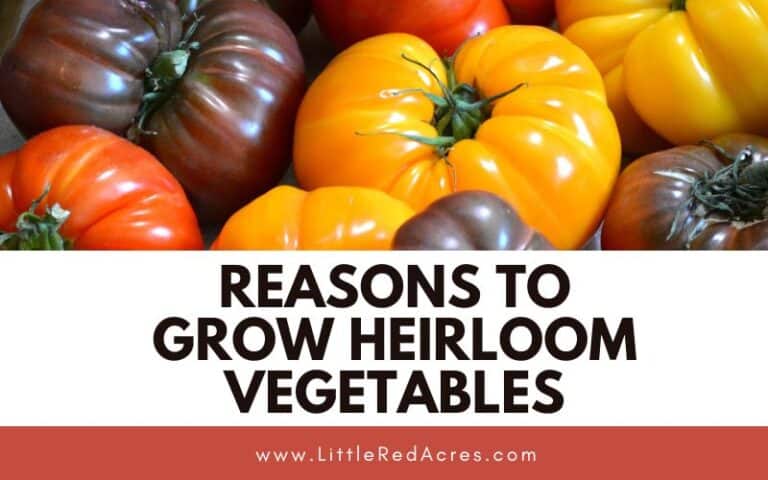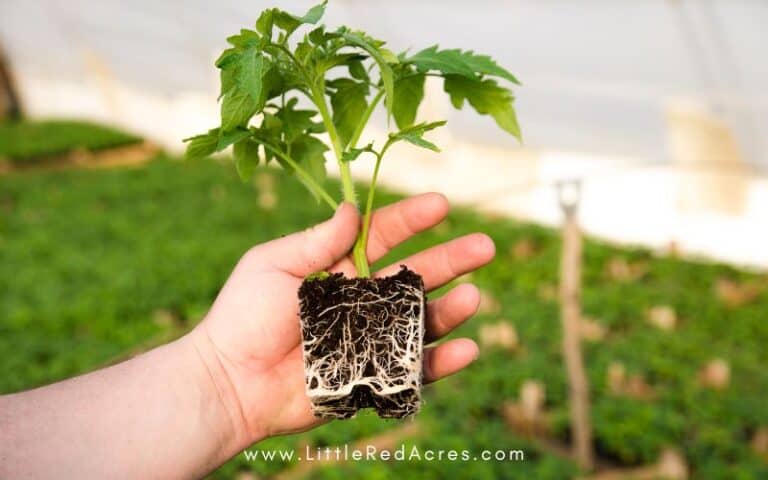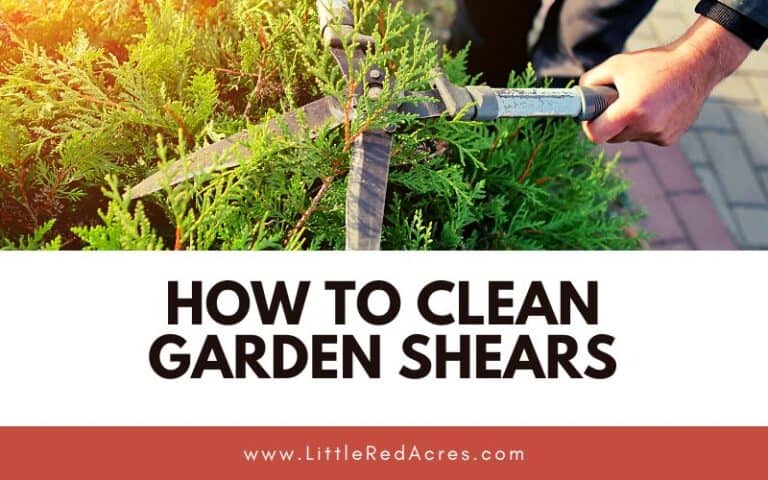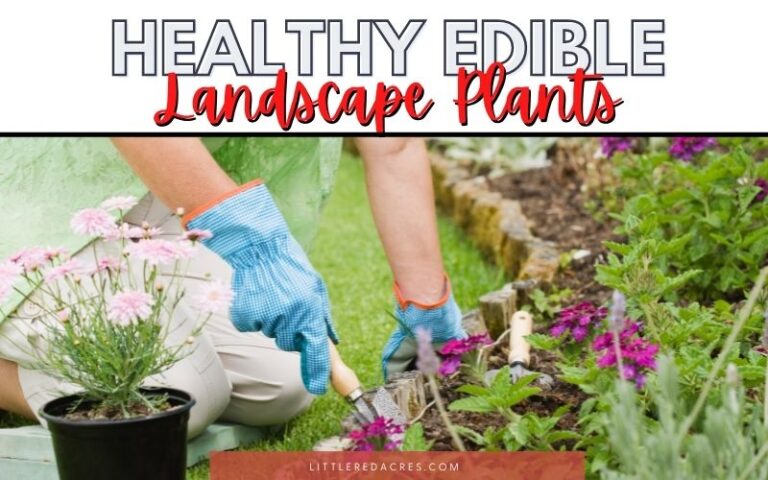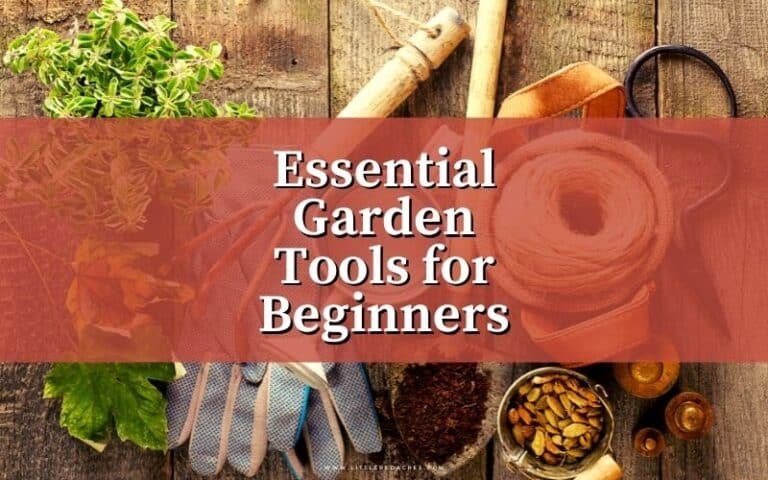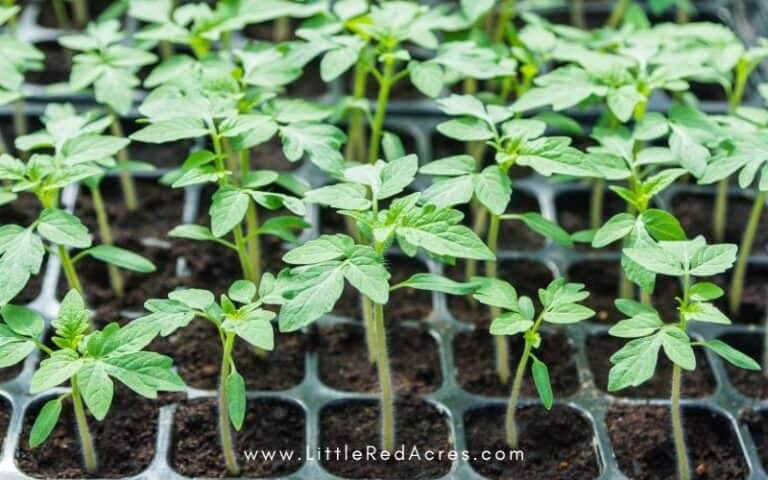What Is Edible Landscaping?
Inside: Edible landscaping provides a person with a great amount of return for their hard work. So what exactly is an edible landscape?
Edible landscaping has become very popular in recent years. It is a type of gardening where edible plants take center stage, in a well-thought-out plan that is aesthetically pleasing. Edible landscaping has become more sought after as individuals realize that a garden can be more than just beautiful to look at.
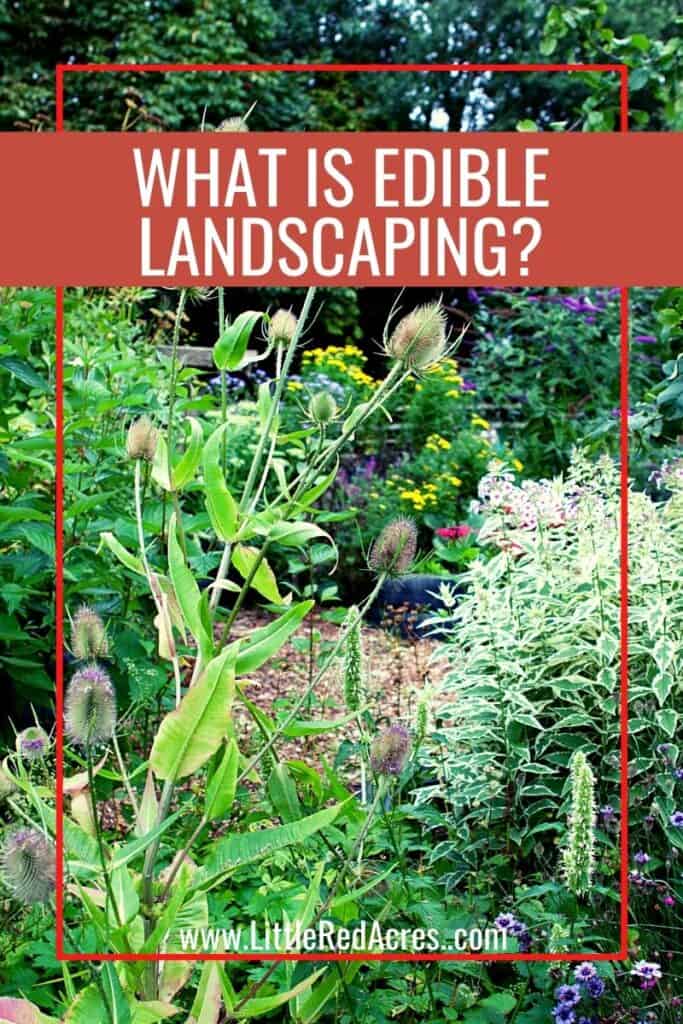
This post may contain affiliate links, see my disclosure policy for more information.
What Is Edible Landscaping?
Edible landscapes provide a person with a great amount of return for their hard work. So what exactly is an edible landscape, and how can you plan to include it in your gardening future?
Get updates & freebies delivered to your inbox!
What Exactly Is It?
Edible landscaping is not just growing edible plants. Edible landscaping takes everything to a whole new level.
An edible landscape will always include edibles such as vegetables, fruits, and herbs, but it may even include other non-edible plants. Rather than just another vegetable garden, an edible landscape is always tied together with beauty in mind, for a visually pleasing area.
An edible landscape will include any growing plant that is desired by the individual who creates it. It may have trees, plants, bushes, and even hanging pots. Strong lines are important to draw the eye to an organized and well-planned scheme.
Who Can Create An Edible Landscape?
You don't need to be a gardening guru to create a beautiful and functional edible landscape. Anyone with an interest in it and enough time to devote to caring for it can attempt one.
Although a large and spacious backyard will give you much variety to work with to create any design, many people have only small spaces and create a beautiful and sufficient little area.

What Kind of Space Is Required?
To create an edible landscape, the basic requirement is having a space of land to place it. As mentioned above, any size will do, and there are a variety of plants that can accommodate your space – no matter whether your area includes rocks or grass, walls, or open space.
Do You Need to Live in a Certain Climate?
Although areas where there is plenty of sun all year round have an advantage when it comes to sustaining an edible landscape, you can make it happen anywhere.
You will need to do some research and study what kinds of fruits, vegetables, and herbs fare well in your region. Ask neighbors and nearby family and friends who love to garden for advice.
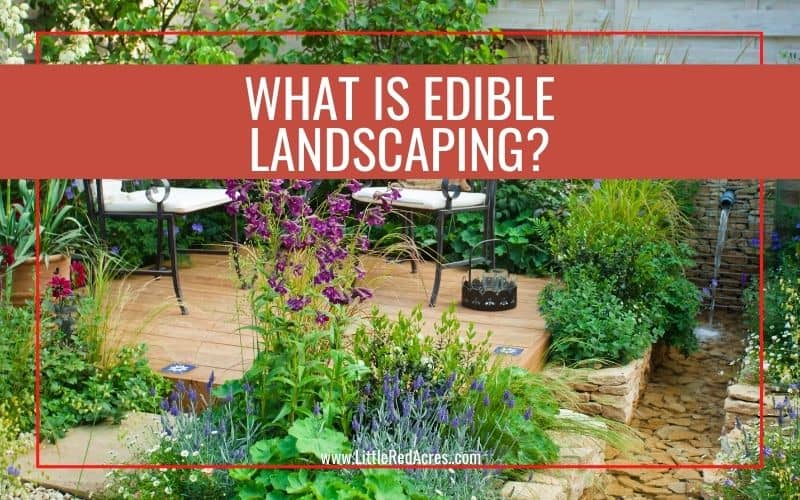
How Do You Start One?
To begin your edible landscaping adventures, find out info about what kinds of plants grow well where you live.
Make a list of edible plants you would like to grow, along with your favorite flowers and non-edibles you enjoy. Figure out how to tie it all into the grand scheme and create a beautiful, eye-pleasing garden. Begin small in order not to overwhelm yourself.
Make a point of highlighting both beauty and functionality.
Edible landscaping may have become more popular only in recent years, but it is not just a trend that will disappear. People are always looking for ways to integrate things they love to view with things that serve them well, and a well-thought-out edible landscape accomplishes this.
Frequently Asked Questions
What is an edible landscape? Edible landscaping is the process and practice of including, in your garden, plants whose fruits, foliage, flowers, roots, and other parts (sap!) can be eaten.
What is considered edible? An edible item is any item that is safe for humans to eat.

More on Edible Landscaping
7 Reasons to Grow Edible Landscape Plants
Planning Your Edible Landscape
Edible Landscape Planting and Maintenance

